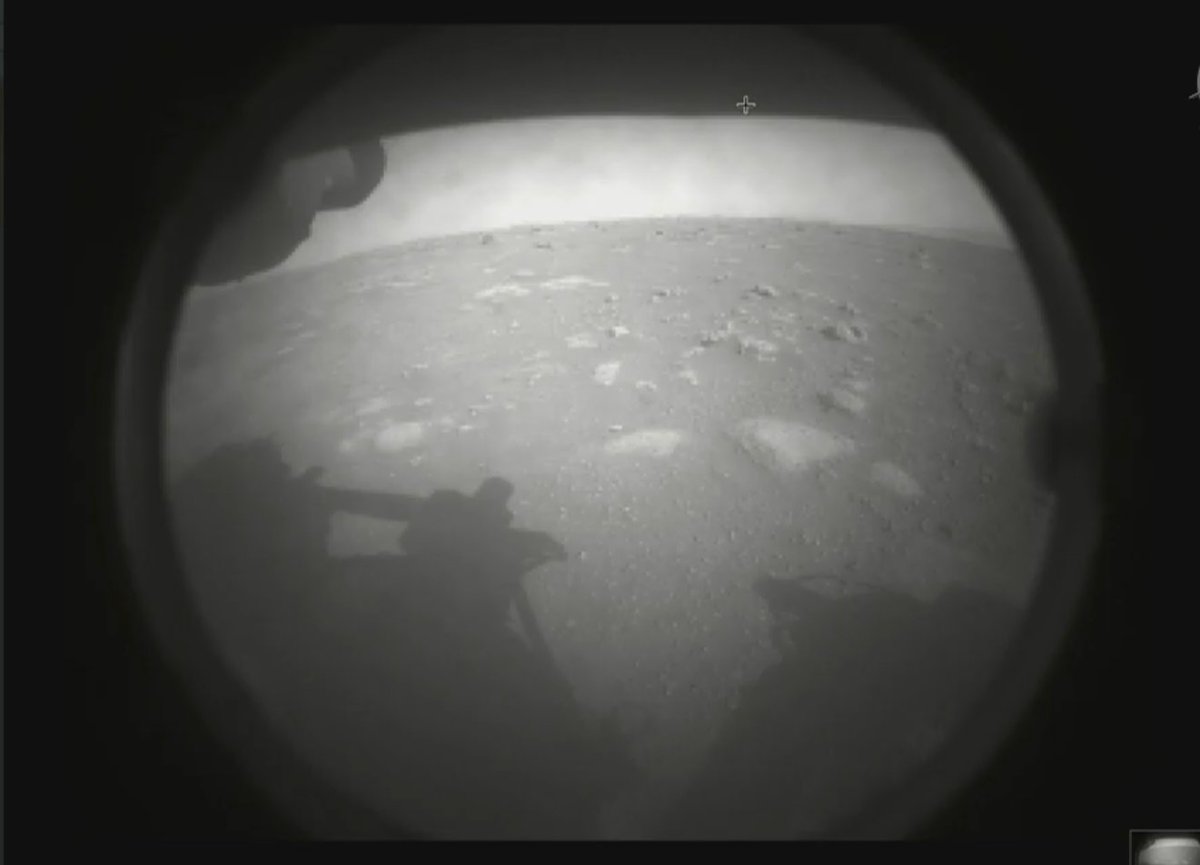
Dr Jamie Jasinski
@spacejamiej
Space Plasma Physicist at @NASAJPL. Planetary interactions with space plasmas.
ID: 1281329597087223808
09-07-2020 20:49:26
34 Tweet
88 Followers
54 Following
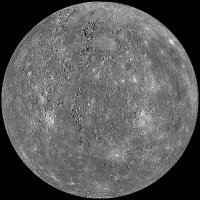
Dr Jamie Jasinski et al. identified enhancements of neutral particles from Mercury's exosphere at high altitudes in MESSENGER data. This can only be explained by a micrometeroid impacting the surface of #Mercury! #AGU20

Very cool press release from Johns Hopkins APL about our work, Jim Raines Tom Nordheim Andrew Coates NASA JPL Mercury Exploration Assessment Group (MExAG) jhuapl.edu/NewsStory/2101…
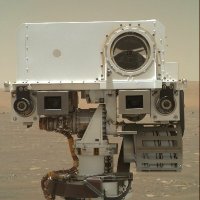


Our recent study understanding flux ropes at Saturn's dayside magnetopause was recently published in AGU (American Geophysical Union) JGR: Space Physics Journal at doi.org/10.1029/2020JA… Andrew Coates NASA JPL U-M Climate & Space




Ever wondered what processes produce Mercury's sodium exosphere? Check out the schematic from a paper I led that has now been published in GRL which discusses the exosphere and the role of photoionization. Paper link: agupubs.onlinelibrary.wiley.com/doi/10.1029/20… Mercury Exploration Assessment Group (MExAG) NASA JPL LASP


A great paper I had the pleasure to co-author, led by Diego Janches NASA Goddard



Part of the Planetary Environments corridor now features 3 completed #Mercury geological maps by The Open University: School of Physical Sciences and 3 by our Italian colleagues. 3 more are underway here PlanMap Bepi
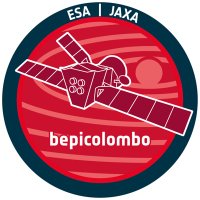

A reanalysis of the 1986 Voyager 2 flyby of Uranus shows that it occurred during an extreme compression of the planet’s magnetosphere by the solar wind. This would have had significant effects on the measurements made during the flyby. Dr Jamie Jasinski et al.: nature.com/articles/s4155…
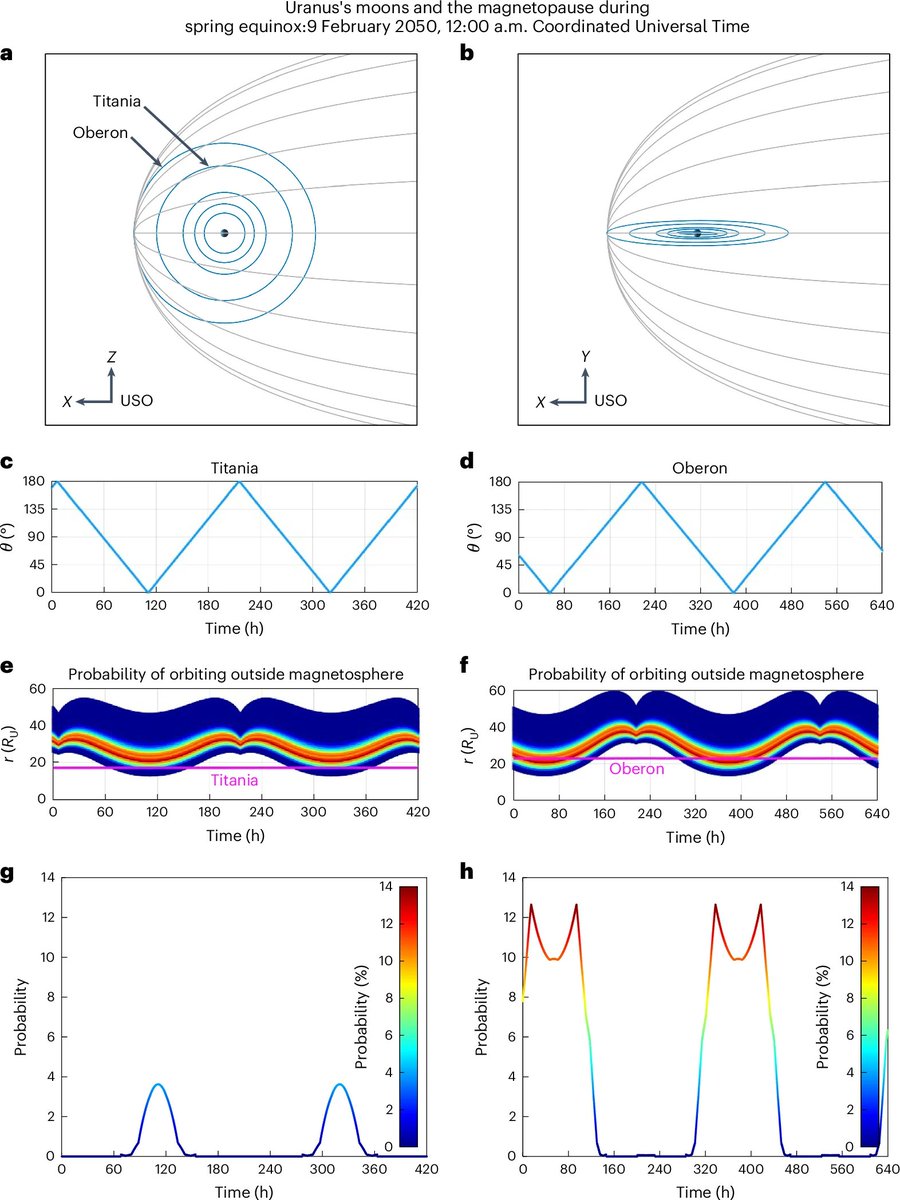

When Voyager 2 flew past Uranus in 1986, the planet's magnetosphere seemed super weird. There was no plasma, and the radiation belts were mega intense. Now we might know why, because of rare solar activity hitting the planet. Story by me The New York Times nytimes.com/2024/11/11/sci…

When ARCHIVED - NASA Voyager 2 flew by Uranus in 1986, it provided our first — and, so far, only — close glimpse of this strange outer planet. Scientists are still analyzing the data from that flyby, and one researcher recently found a surprise: go.nasa.gov/3YIaLKD

My excellent friend Dr Jamie Jasinski discovered that lots of Uranus's mysterious behaviour that we've talked about for decades, based on Voyager 2s flyby, happened during really extreme solar wind conditions. It's out today here: nature.com/articles/s4155… . May be some news coverage.

Scientists are mining the mysteries of Uranus. (Yeah, we said it.) Almost 40 years ago, ARCHIVED - NASA Voyager got a close look at Uranus for the first time—but a new analysis is helping explain a few of the planet's unexplained oddities: go.nasa.gov/3UPkZrD


